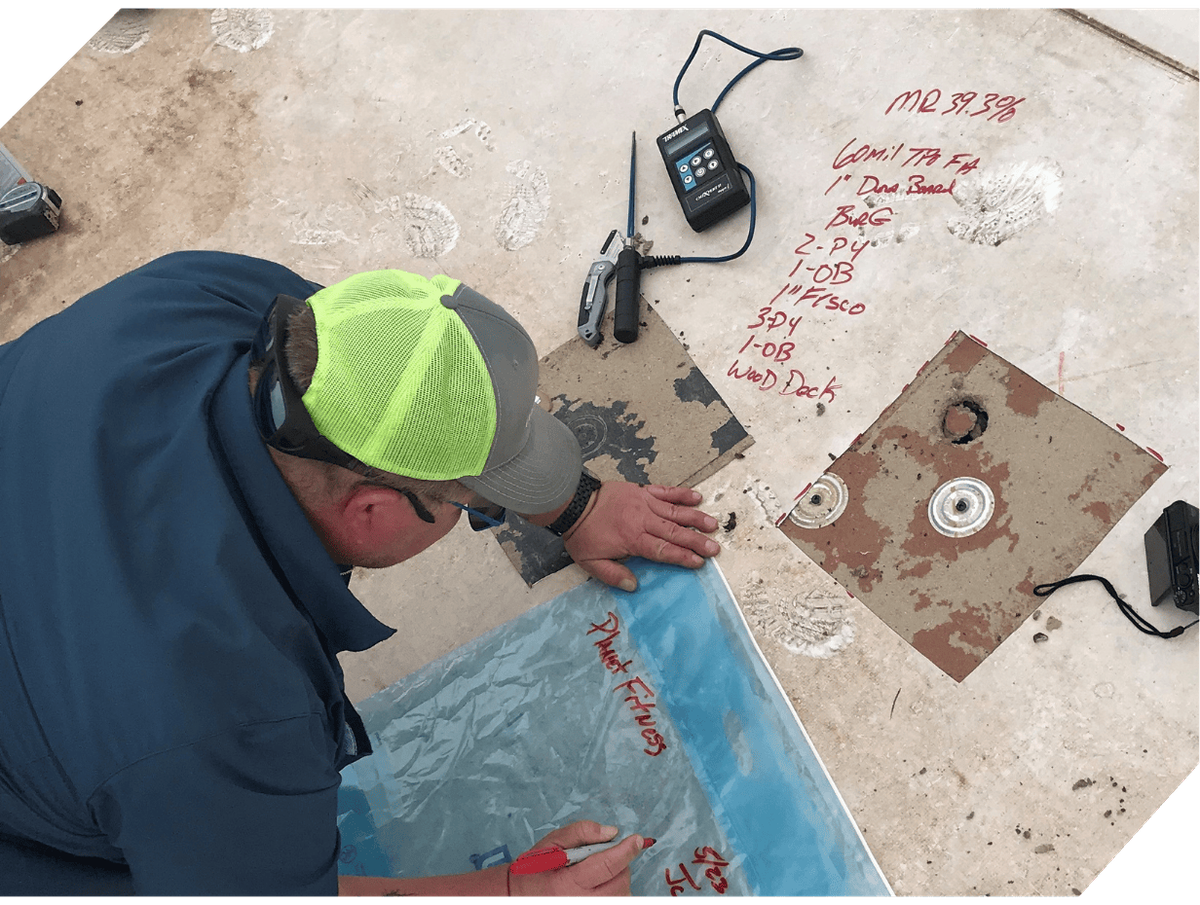CORE FORENSICS BLOG
The Value of a Structured Approach to Storm Damage Assessment

Severe storms—whether from hurricanes, hail, tornadoes, or high-wind events—can leave behind complex damage that isn’t always visible at first glance. Accurate storm damage assessment is essential not only for determining repair or replacement needs but also for resolving insurance claims and legal disputes fairly and efficiently.
Why Accurate Assessments Matter
Financial Impact: In 2023 alone, NOAA recorded 22 separate billion-dollar weather disasters in the U.S. Accurate assessments ensure that property owners receive appropriate compensation, avoiding the risks of underfunded repairs or prolonged disputes.
Legal Considerations: Assessments must be well-documented and methodologically sound to hold up in court. Poor documentation or inexperienced analysis can be detrimental during litigation.
Infrastructure Decisions: Assessments guide the decision to repair or replace, factoring in damage extent, system lifespan, and cost-efficiency. A data-driven approach supports sustainable and resilient rebuilding.
Key Elements of an Effective Assessment
- Protocol-Based Process:
Every assessment should follow a step-by-step methodology—from initial safety checks to final reporting. This ensures consistency and defensibility in all findings. - Comprehensive Inspections:
> Exterior: Inspect roofs, siding, vents, and HVAC units for visible storm indicators (e.g., shingle loss, dents, impact marks).
> Interior: Look for signs of water infiltration, cracking, and structural movement that signal hidden damage. - Technology Integration:
Tools such as drone imaging, infrared thermography, wind uplift testers, and 3D mapping enhance accuracy and reveal otherwise hidden damage. These technologies are particularly valuable for large or difficult-to-access buildings.
Documentation: The Foundation of Credibility
Effective documentation includes:
> High-resolution photos and videos
> Detailed written reports with lab results and recommendations
> Weather data from reputable sources (e.g., NOAA)
> Properly handled forensic roof samples with chain-of-custody documentation
Organization and clarity are critical—digital tools can help store and structure this data for easy retrieval during claims, repairs, or litigation.
Validation and Certification Matter
To ensure assessments are accepted by courts, insurance providers, and engineers:
> Follow standardized procedures
> Calibrate equipment regularly
> Use certified assessors (e.g., RRO, RRC, Level 1 Thermographers)
> Seek third-party verification when needed
Staying current with ongoing training, industry certifications, and participation in professional organizations is essential for reliable and defensible outcomes.
Conclusion
Storm damage assessment is more than identifying visible problems—it’s a structured, validated process that supports critical decisions in restoration, insurance, and litigation. Precision, documentation, and expertise are non-negotiables in achieving fair outcomes.
Need a deeper evaluation of potential storm damage?
At CORE Forensics, our team combines advanced tools, forensic lab analysis, and certified expertise to deliver reliable and legally defensible damage assessments.
Contact us to schedule a comprehensive inspection tailored to your property’s needs.

 Back
Back


